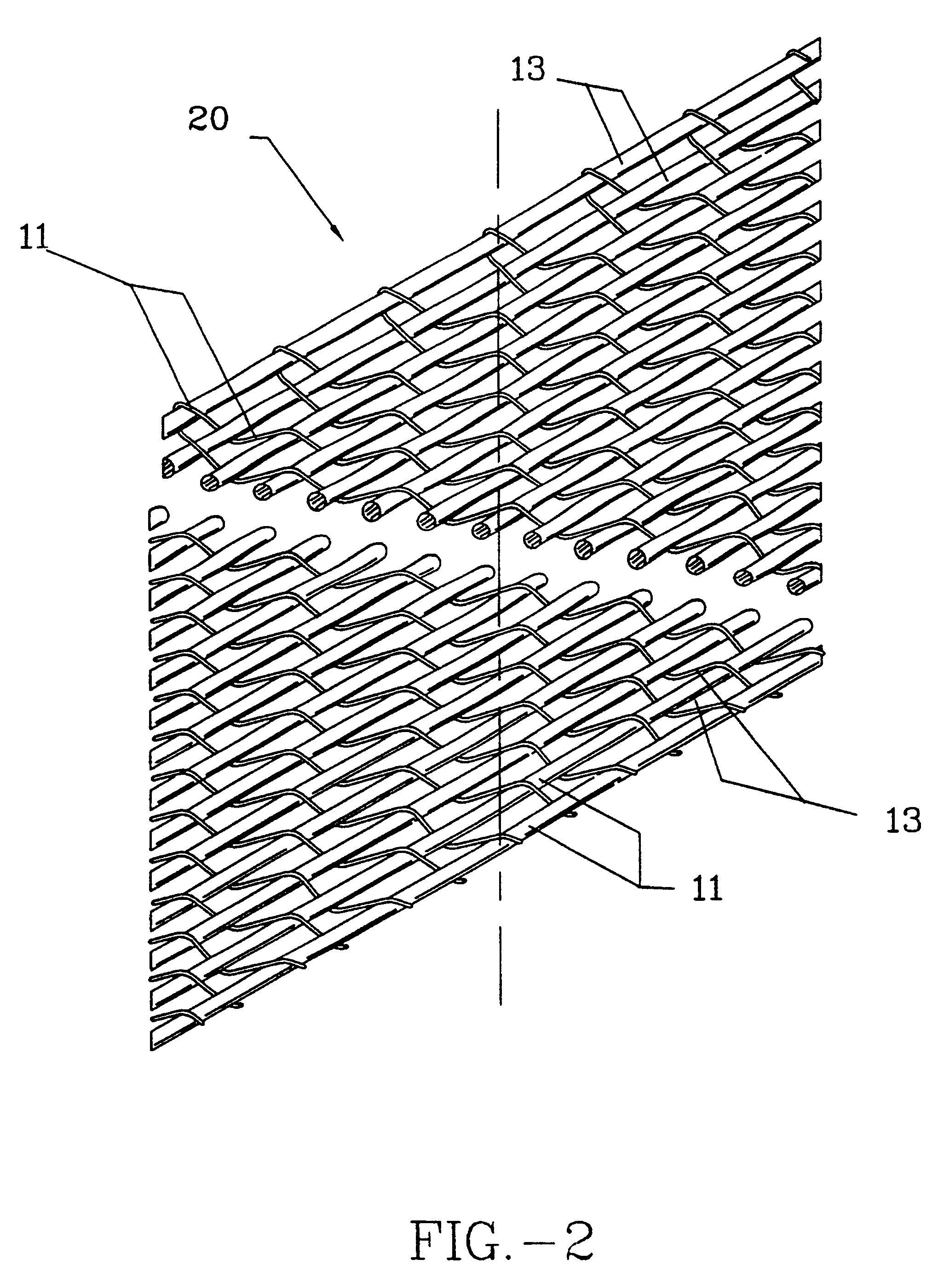Tire with PEN reinforcement
a technology of tires and reinforcements, applied in the field of pneumatic tires, can solve the problems of major distortion of monoply tires in the areas, and achieve the effects of reducing harshness, improving handling properties, and improving wet handling properties
- Summary
- Abstract
- Description
- Claims
- Application Information
AI Technical Summary
Benefits of technology
Problems solved by technology
Method used
Image
Examples
example 2
This example provides an evaluation of Monoply PEN and PET Materials ipo 2-Ply PET in a P225 / 75R15 Invicta GS (IGS).
As the tire size increases, the material demands for strength and dimensional stability are pushed to higher levels. To evaluate both constructional and material changes needed to replace the conventional 2-plies reinforced with 1100 / 1 / 2 472Z.times.472S PET cords (P225 / 75R15 Invicta GS) with a monoply construction, a monoply reinforced with 1440 / 1 / 3 315Z.times.315S PET cords was used to construct an otherwise identical tire. For the material evaluation, a monoply reinforced with 30 EPI 1100 / 1 / 3 394Z.times.394S PEN cords (polyethylene naphthalate cord material from AlliedSignal) was used in place of the conventional 2-plies reinforced with 1100 / 1 / 2 PET cords. 1440 / 1 / 3 PET cords are a readily available material that is used extensively in RLT applications. The 1100 / 1 / 3 PEN (Allied PENTEX) is a material having increased strength and dimensional stability over conventional...
PUM
| Property | Measurement | Unit |
|---|---|---|
| Fraction | aaaaa | aaaaa |
| Fraction | aaaaa | aaaaa |
| Fraction | aaaaa | aaaaa |
Abstract
Description
Claims
Application Information
 Login to View More
Login to View More - R&D
- Intellectual Property
- Life Sciences
- Materials
- Tech Scout
- Unparalleled Data Quality
- Higher Quality Content
- 60% Fewer Hallucinations
Browse by: Latest US Patents, China's latest patents, Technical Efficacy Thesaurus, Application Domain, Technology Topic, Popular Technical Reports.
© 2025 PatSnap. All rights reserved.Legal|Privacy policy|Modern Slavery Act Transparency Statement|Sitemap|About US| Contact US: help@patsnap.com



